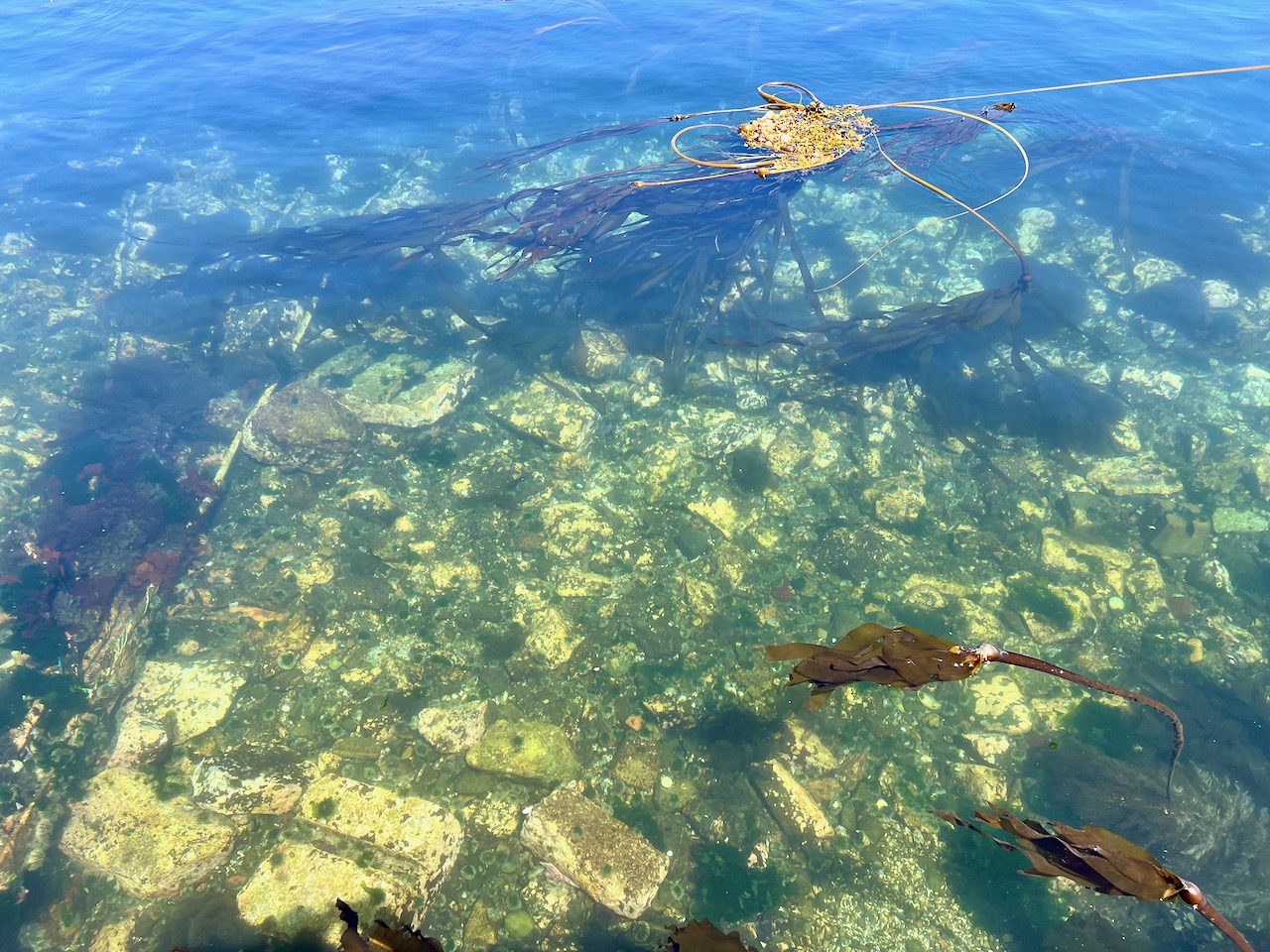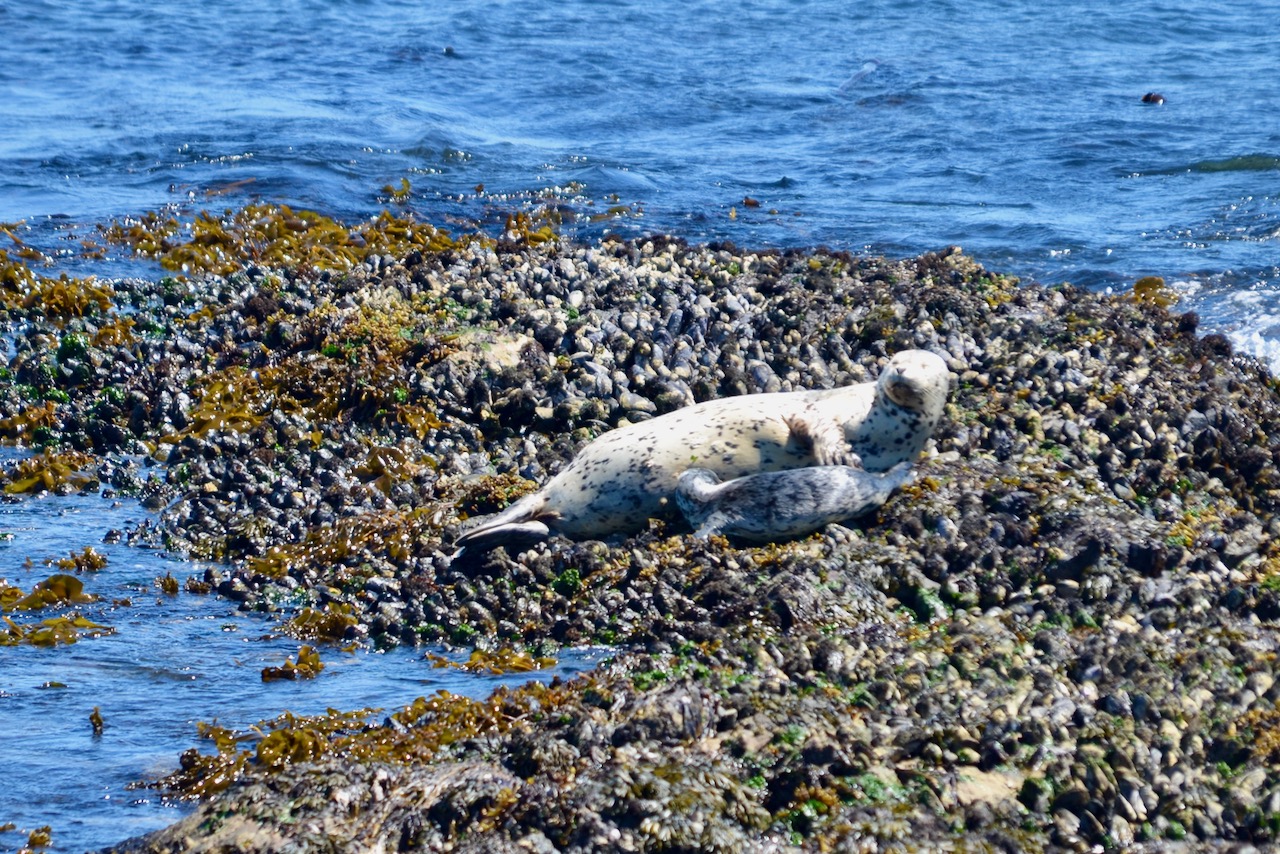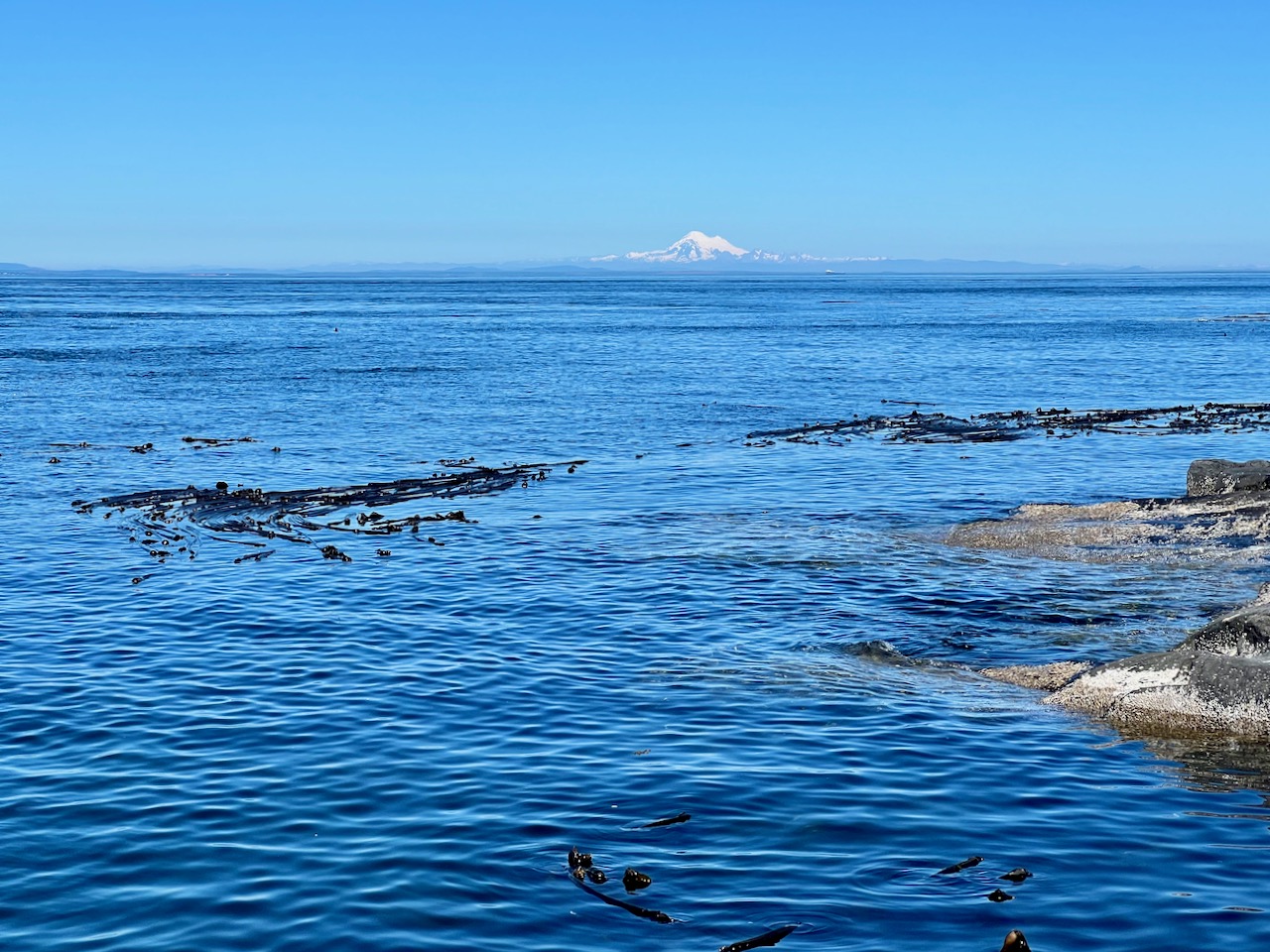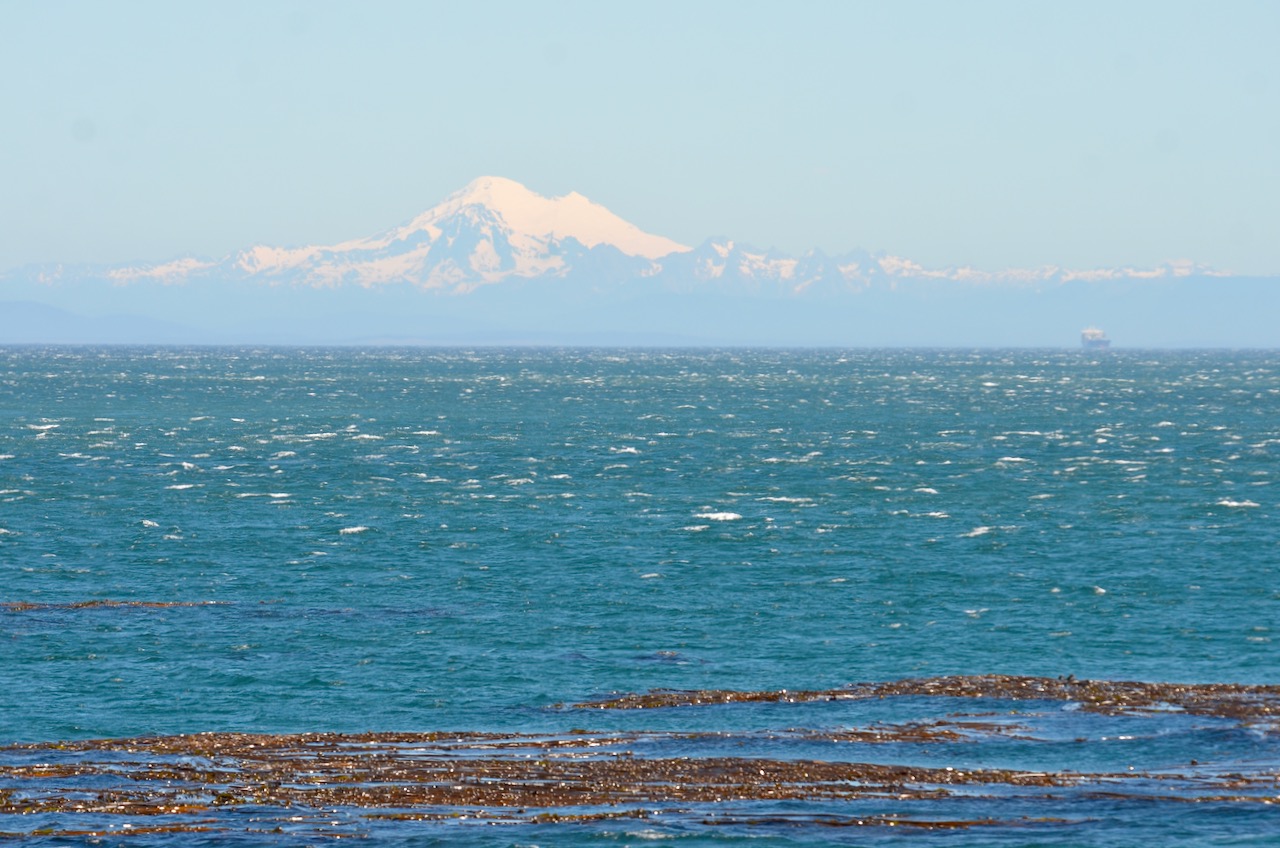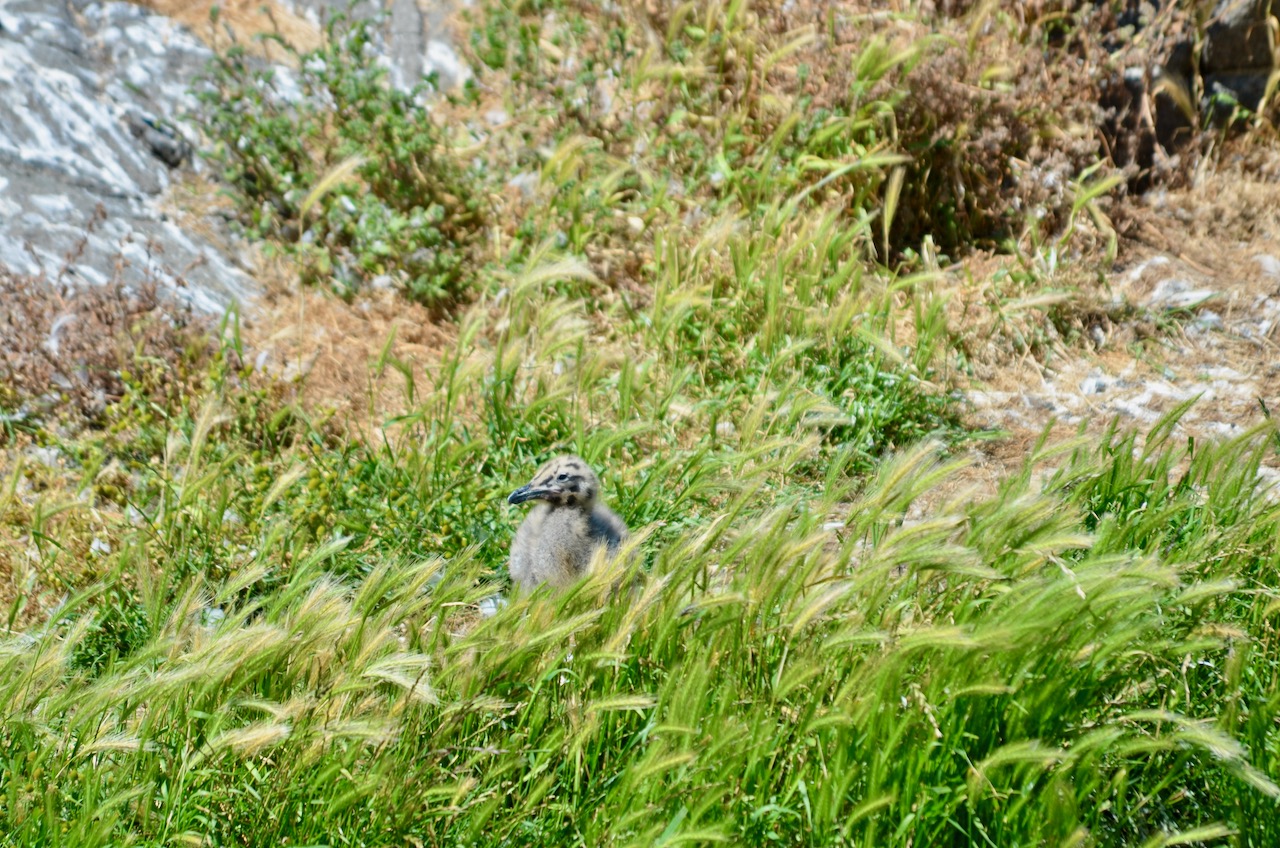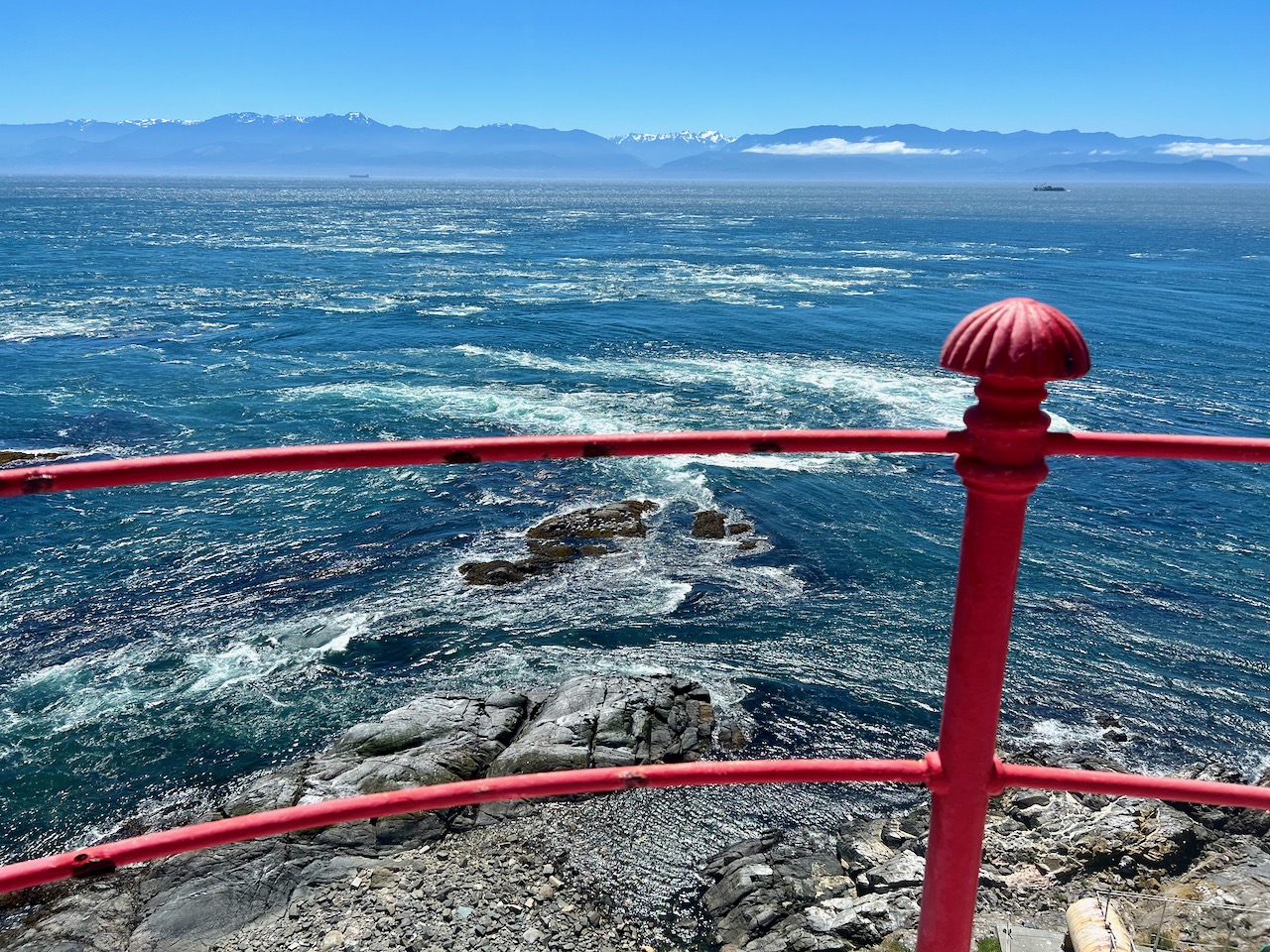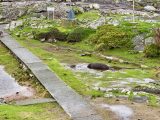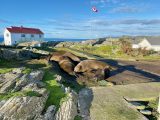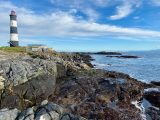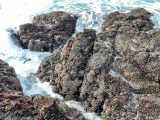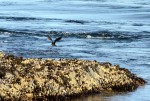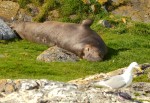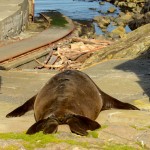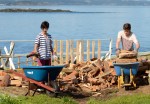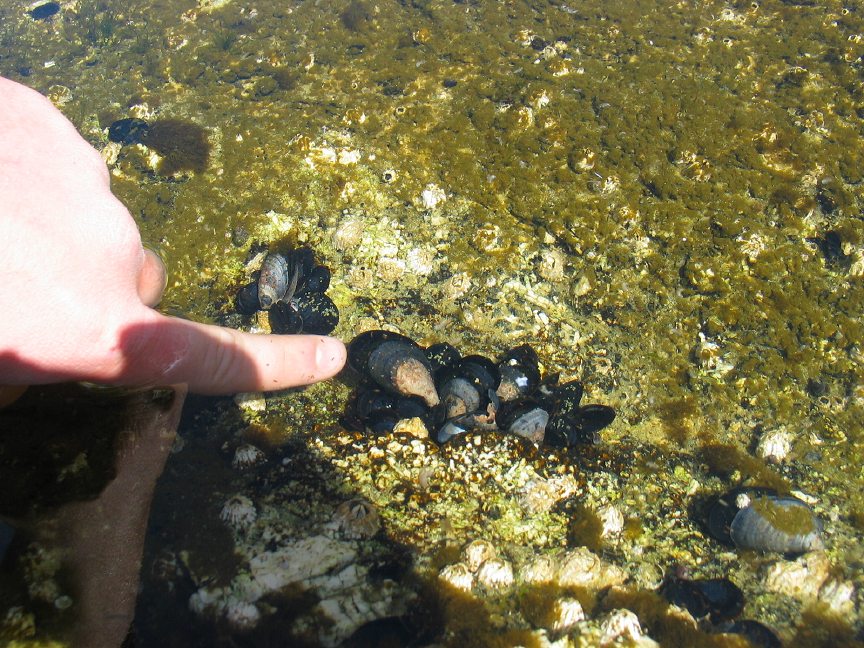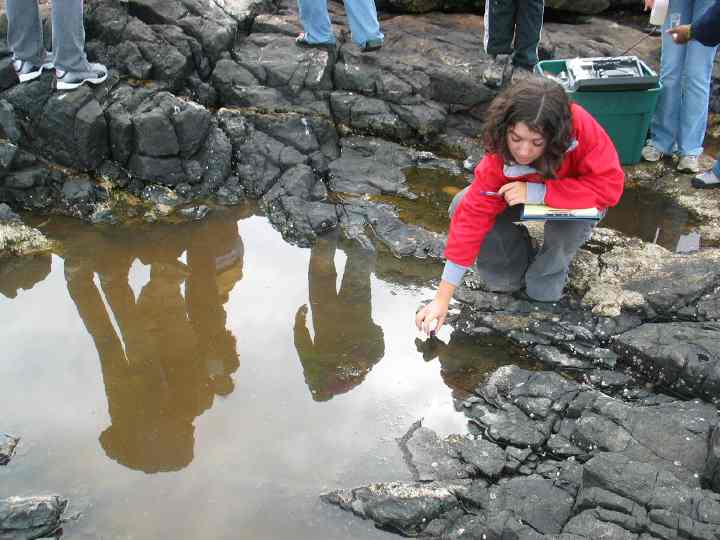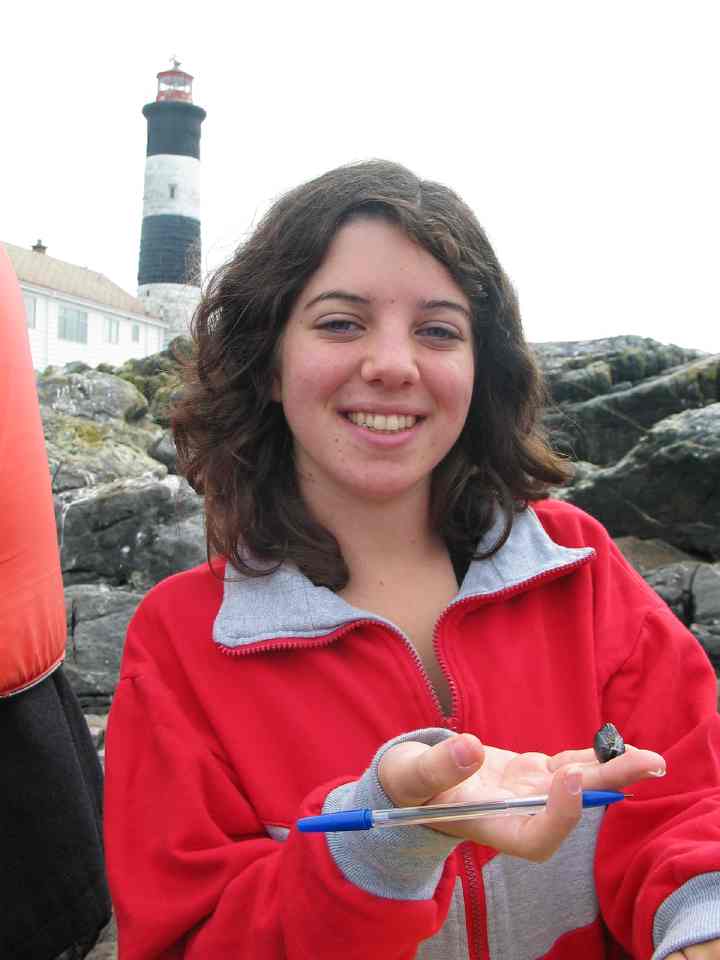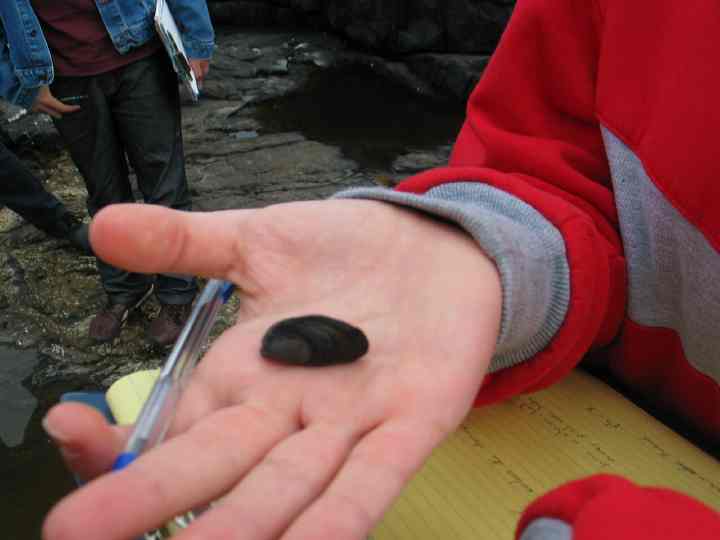Ecological Notes:
- I believe most of the gulls eggs have hatched, based on the nests I can see with one to three chicks and discarded empty eggs nearby. The gull parents feed fish to their young. I am impressed how many whole little fish a gull catch then regurgitate for their chicks.
- I am seeing more nursing harbour seals and pups around the south and east sides of the island. Today, I heard a pup communicating with its mother by little grunting sounds.
- This afternoon, out of the corner of my eye, I saw a river otter scurry along a path by Tank Shed. I could not see if it was heading for the water or underneath the boardwalk, as they are elusive.
- See the photo gallery below for more ecological happenings from the past two days.
Weather:
- Yesterday (July 11):
- Sky: Clear
- Wind: W 1-33 kts
- Sea: rippled, then 2′ chop in evening
- Temperature Low 11oC, High 20oC
- Today (July 12):
- Sky: Clear, fog between 08:45-09:30 with foghorn
- Wind: W 16-39 kts, gusts up to 44 kts (81 km/h)
- Sea: 1′ chop in morning, then up to 4′ waves in afternoon and evening
- Temperature Low 12oC, High 15oC
Visitors:
- Yesterday, Greg came from the college to refill the diesel tank.
Facility Work:
- Scrubbed and squeegeed solar panels, routine tidying and checking infrastructure around the island. With the clear days, the solar panels have been fully charging the batteries.
Vessel Traffic:
- Many Canadian and American ecotour boats have been nearby and heading through the waters of the ecological reserve. There were much fewer boats today, with the high winds.
Here are photo highlights from the past two days. Click on the photos for larger views and captions.
- When I was taking the seawater sample at noon yesterday, I snapped this view off the end of the jetty with lots of bull kelp. If you look closely on the bottom there are anemones, sea urchins, stars, and all sorts of other species.
- A nursing mother harbour seal and pup on the east side of the island, lying on top of California mussels.
- The clear sky provided a wonderful view of Mt Baker, which I was not able to see for the previous 11 days.
- A zoomed in view of Mt Baker with today’s rougher water.
- A fluffy gull chick in the blowing grass on the centre of the island.
- View from the lantern room during today’s big currents, tides and winds. The Elwha Valley can be seen in the background, across the Strait in Washington.

